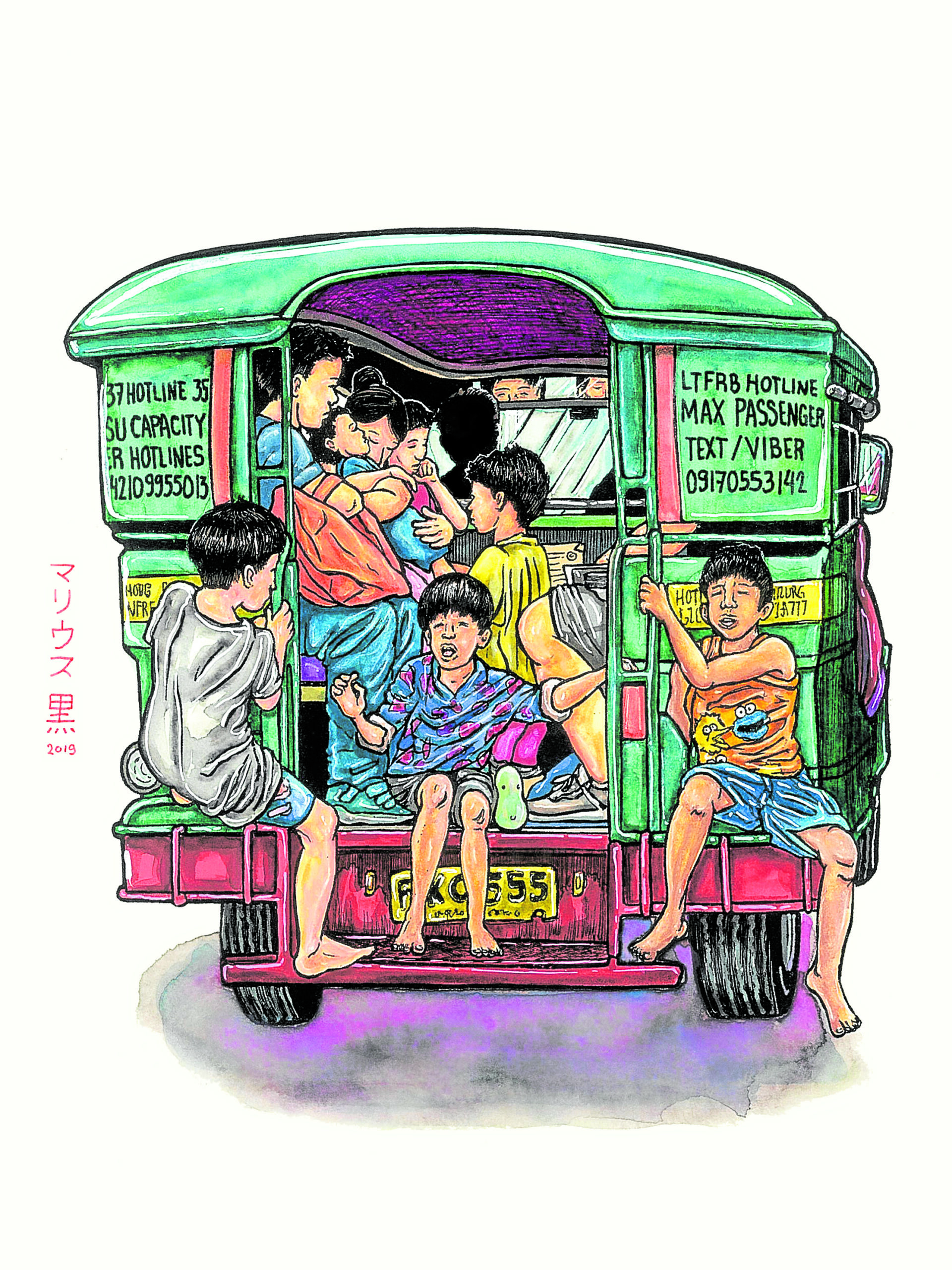I was able to see Japan at its finest. As I grasped the beauty of this country, I found myself falling in love with the culture of the Land of the Rising Sun.
Who would have thought that I’d be representing the Philippines as a student ambassador of the Japan International Cooperation Center? No one, not even me. I was one of the 46 Filipinos given the opportunity to represent my beloved country.
I was able to discover and witness the beauty of Japan—its people, culture, customs and traditions.
I have thousands of positive words to describe the Japanese people. They are most kind. They are generous people, and I could feel that in my heart. They are also disciplined, which is noticeable in how they follow strictly all given rules and practice good conduct.
Japanese culture is well-preserved by the country. We had the chance to learn ikebana, also called kado, the art of flower arrangement, and even origami, the art of paper folding. An international exchange group called Ensemble Mobara presented a Japanese culture experience program in Mobara City. Their goal is to help different cultures understand and learn to respect each other, and step up to achieve multicultural integration and a peaceful world.
Love for nature
Ikebana is an art that has existed for 500 years. This traditional art, we learned, can be traced to the love for nature of the Japanese people, because they have a strong bond with the environment.
It is also a systematic way of expressing one’s self by placing leaves, flowers and berries in a container. The finished product symbolizes a person’s appreciation of nature as it connects the maker and the flora.
Origami is a traditional paper-folding art in Japan. By using only your hands and colorful flat papers, you will be challenged to transform them into sculpture through this multidimensional craft. It’s an enjoyable art, but it requires willingness and patience.
Honestly, we had a hard time practicing the art of paper folding to create shapes. But as you continue to learn and appreciate the art, you’ll soon have a good time doing it.
There are numerous kinds of origami—action, modular, pureland, wet folding and even kirigami. We made the basics like the famous crane, airplane, trash bin, boat and soldier’s hat. Seeing the finished product will bring a smile to your face; it will be worth all your work.
The best part of staying in Japan is when you finally realize how they are able to preserve their language and culture amid the growth that the contemporary world is bringing to their country.
And that itself is the answer—Japan is capable of being competent globally, just because they never let go of their culture. They strongly develop what is theirs, concentrate on improving what they have and prioritize their passion.












































